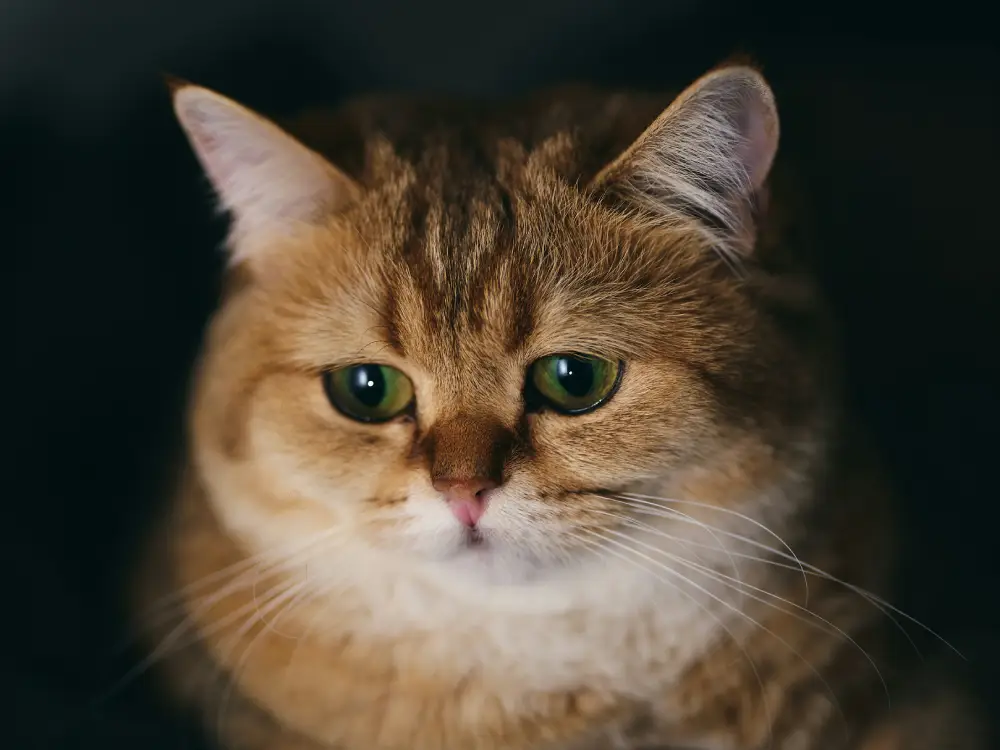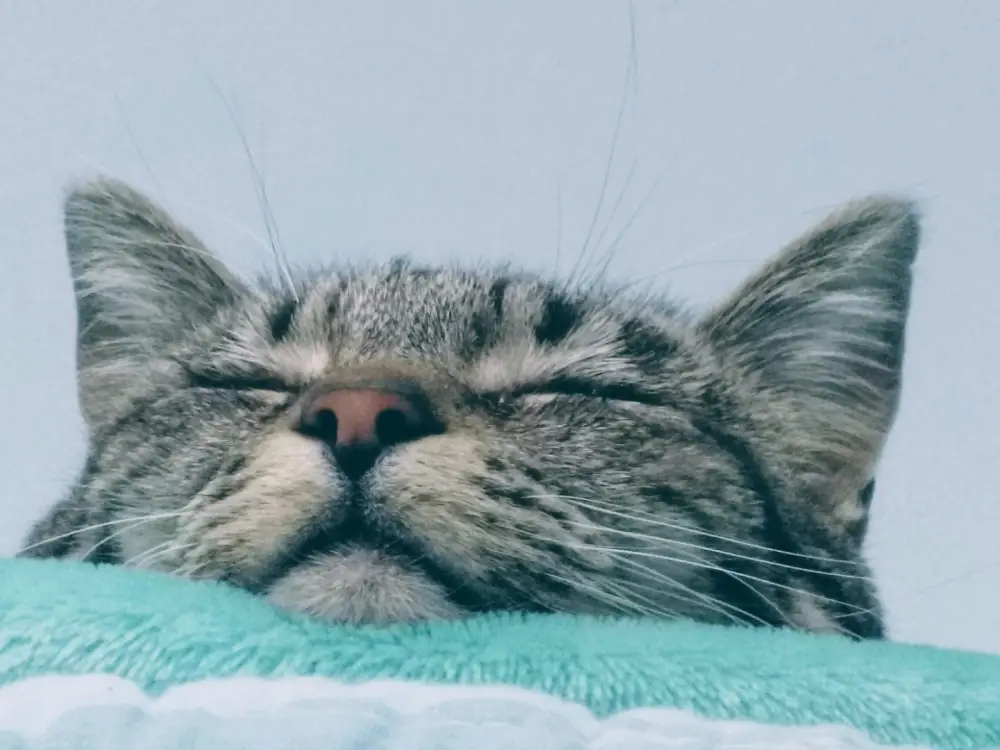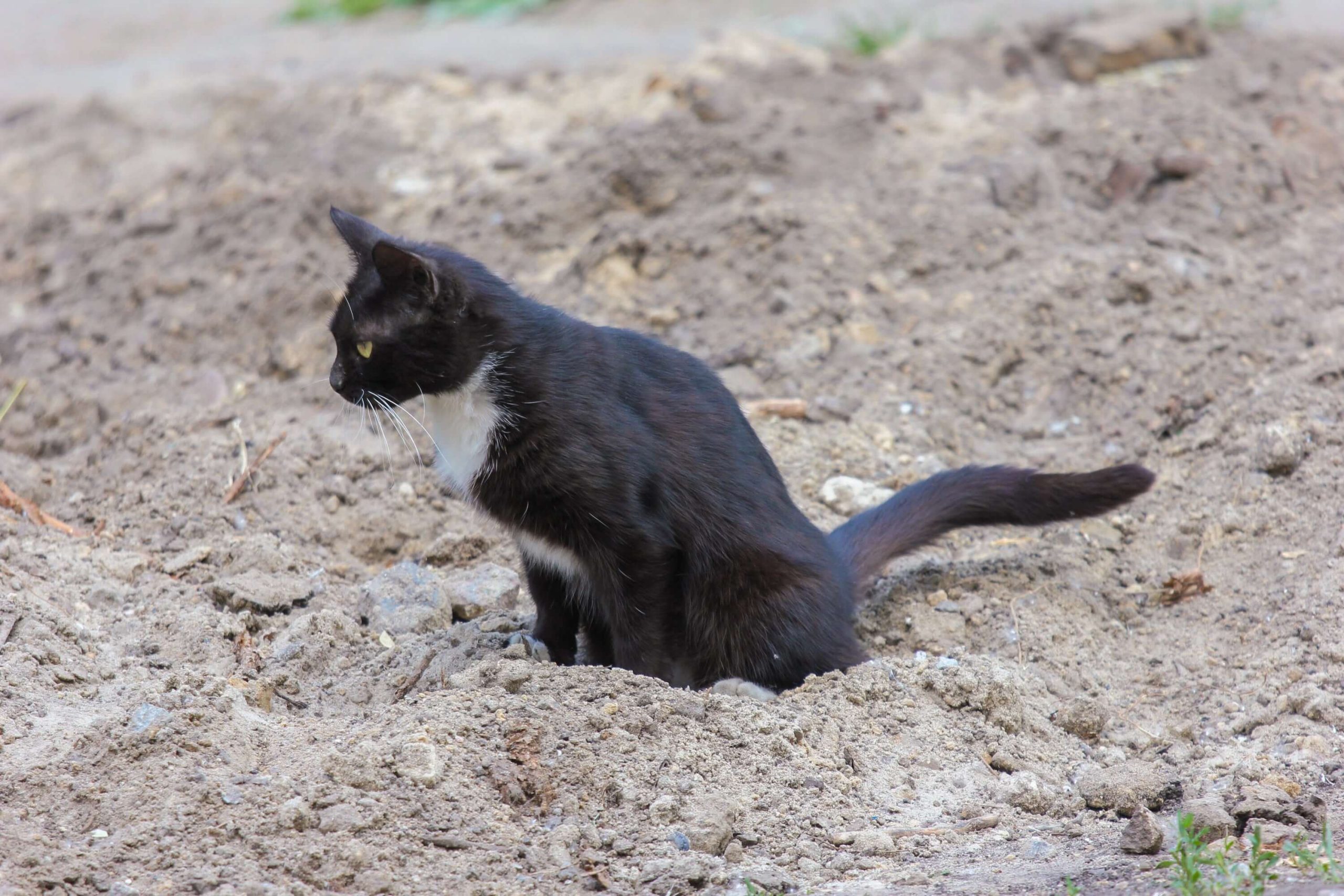
Can cats suffer from heatstroke?
August 13th 2021
What is heatstroke? Heatstroke is where there is a sudden rise in body temperature. The internal body temperature then continues to increase and the body is unable to regulate itself to cool down.
Most of us are aware that our canine companions can get heatstroke but what about our feline friends? Like dogs, cats can’t remove their fur coats when it gets hot and because they are unable to cool down by sweating like humans, they are less able to regulate their own body temperature leaving them at risk of overheating. At Vets Klinic, we see both cats and dogs with heat stroke.
Are some cats more at risk?
Whilst all cats are at risk of suffering from heatstroke, there are some cats which are more susceptible than others. These are:
– Overweight cats
– Flat-faced or brachycephalic breeds such as Persians
– Cats with thick coats such as Maine Coons
– Elderly cats
– Very young cats e.g. kittens
– Cats with pre-existing health conditions such as heart problems or respiratory problems
What are the signs of heatstroke in cats?
Being aware of the signs of heatstroke is important so treatment can be administered as quickly as possible.
Signs of heatstroke include:
– Excessive Panting, Noisy Breathing
– Drooling
– Increased Heart Rate
– Vomiting or Diarrhoea
– Skin is hot to touch
In extreme circumstances where heatstroke hasn’t been treated, then these signs can escalate to include:
– Lethargy
– Weakness
– Collapse
– Seizures
If your cat is showing these signs or you are concerned that your cat is suffering from heatstroke, please call your veterinary practice so they can advise you on the best course of action to take.
Please remember that heatstroke is life-threatening and if left untreated then there can be serious and sometimes irreversible consequences such as organ failure and even death.
Next steps if you suspect your cat has heatstroke
If you are concerned that your cat is suffering from heatstroke, you need to act immediately. It is also important to call your vets as soon as possible. Cats will hide if they are feeling unwell, so make sure to regularly check on your feline friends to ensure that the symptoms of heatstroke are noticed as soon as possible.
Here are some important first aid tips for you to follow:
– Take your cat somewhere cool or use a fan to help cool them down
– Offer them water but do not force them to drink
– If your cat will tolerate it, then a cool wet towel can be placed on them. Make sure to change the towel every 5 minutes to ensure the towel doesn’t warm up.
– Above all, call your vets. They will carry out a full head-to-toe examination including taking a temperature. They will then begin cooling methods and may advise to admit your cat for further supportive treatment or for additional observations.
How to prevent heatstroke in cats
Heatstroke can be avoided and the best way is to keep them as cool as you can and as hydrated as possible. Here are some tips on how to prevent your cat getting heatstroke:
1. Make sure your cat has access to cool/shaded areas both indoors and outdoors. This can include tiles, cool mats and fans.
2. Never leave your cat in a car or somewhere which is going to heat up quickly e.g. greenhouses or conservatories.
3. Ensure plenty of drinking water is available both indoors and outdoors. Consider putting a water bowl outside in the shade. Ice can be added to water bowls as well.
4. Keep your cat at a healthy weight. Being overweight causes many health problems in our cats including making it more difficult for them to stay cool. If you are unsure if your cat is overweight then book a free weight check with one of our nurses.
5. If your cat is indoor only, you can buy netting to cover the windows to prevent escapees, but allow ventilation into your home.
6. For cats with light coloured fur they can be at risk of sunburn like humans. If your cat will allow you, then cat friendly sun-cream can be applied in particular to the tips of the ears.
7. Limit play until it is a lot cooler. Overexciting your cat can cause them to become tired and dehydrated quickly.

 Shop Dog
Shop Dog
 Shop Cat
Shop Cat
 Vet Know-how
Vet Know-how Contact
Contact


